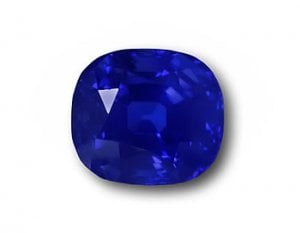- Joined
- Nov 3, 2009
- Messages
- 7,589
For investment Coloured Diamonds are the best. If you want to invest in Coloured Diamonds you will be always benefited as the values of coloured diamond is increasing day by day. Specially Pink diamond, it is very rare; for this reason its demand is ever increasing.
I have a simple question. A colored diamond costs an arm and a leg because colored diamonds are the rarest of all diamonds. However, how rare are colored diamonds if gem-grade diamonds are not that uncommon? Are colored diamonds investment only as long as diamonds are viewed as such? I am interested in colored diamonds, but the prices of better ones are so prohibitive...




300x240.png)